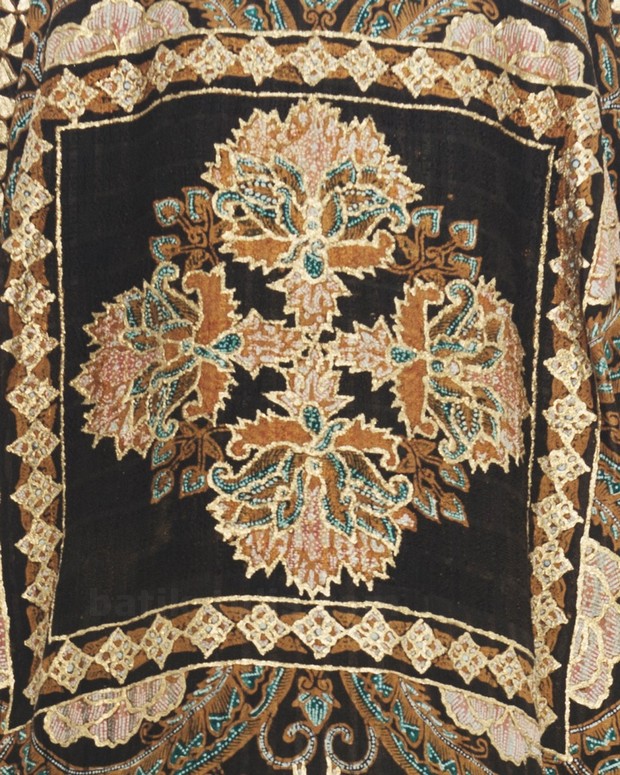The sight of people dressed in batik is very commonly seen in Indonesia. This is one of the separate points in measuring how close the archipelago’s cultural heritage is to its people even though it is influenced by many more modern and global development factors, including regarding fashion products. Technically, there are many varieties of batik motifs. Of course, it is not the main goal to make many people more familiar with the variety of batik motifs and their history and meaning, but more fundamentally, namely how to understand batik in the heartstrings which can cover a deeper dimension than just aesthetics.
The Soekamto era brought it in the Iwan Tirta Private Collection fashion show, which was themed Batik Dewaraja to introduce the essence or philosophy of divinity on a piece of batik cloth. If we trace to the history of the king god, it is an understanding that considers that a king ruler is the embodiment of a god. In that understanding, a king is considered a certain incarnation of a god. So after death-even the king will be enshrined according to his penitis god.
The main purpose of the concept of dewaraja is to get obedience and loyality from the people where the king’s orders and prohibitions are very synonymous with the commandments and prohibitions of gods. A journey towards a spiritual top-layer concept guided by the Soekamto Era with a touch of creativity in batik which begins with 2 outfits, namely, Samsara and Nirvana whose colored motifs are very contrasting with the background.
The Splendor if Batik Dewaraja Era Soekamto
Eastern philosophy talsk about how a person can escape from a Samsara which is a cycle between happines and suffering, or in the filed of theology can be termed the cycle of reincarnation where to reach the peak point of Nirvana the cycle of Samsara no longer applies.

The bridge formed from Samsara to Nirvana is presented in the Pagerwesi Kala motif, on a layered outfit with a sleeveless batik shirt model and a cheongsam-style collar. Raising the theme of self-reflection on a batik motif formulation that refers to mirroring. The Nogo Liman batik motif and the Nogo Sebho batik motif are displayed as a form of symbolization of a spiritual journey poured through a series of batik motifs formed which continued at its peak, namely, the Antahkarana batik motif which is an idea of the highest realization of a spiritually.
Poleng Bali batik motifs are presented in the splendor of tank dress-type batik clothes which is the ultimate of a series of batik motifs with the big theme of batik Dewaraja.
One thing that the author motes are that the exploration of cultural history and culture that we have is very capable of being used and created into new batik motifs that are aligned with current trends that continue to develop both models, colors, and batik motifs.
Dewaraja Batik Gallery Iwan Tirta Batik Collection by Era Soekamto









Bibliography of Batik DewaRaja
- Sudrajat, M. Pd, 2012. The Concept of the King God in the Traditional State of Southeast Asia. online: http://goo.gl/v5k94T. Yogyakarta State University. accessed 16 may 2015.
- Soekamto era, 2015. Batik Dewaraja in the Iwan Tirta Private Collection Fashion Show. online: iwantirtabatik.com. retrieved 16 may 2015.